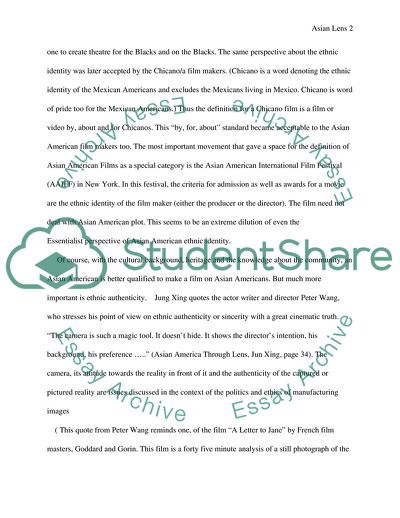Cite this document
(Cultural Perspective of Jun Xing in Asian America Through Lens Book Report/Review, n.d.)
Cultural Perspective of Jun Xing in Asian America Through Lens Book Report/Review. https://studentshare.org/culture/1720151-asian-lens
Cultural Perspective of Jun Xing in Asian America Through Lens Book Report/Review. https://studentshare.org/culture/1720151-asian-lens
(Cultural Perspective of Jun Xing in Asian America Through Lens Book Report/Review)
Cultural Perspective of Jun Xing in Asian America Through Lens Book Report/Review. https://studentshare.org/culture/1720151-asian-lens.
Cultural Perspective of Jun Xing in Asian America Through Lens Book Report/Review. https://studentshare.org/culture/1720151-asian-lens.
“Cultural Perspective of Jun Xing in Asian America Through Lens Book Report/Review”. https://studentshare.org/culture/1720151-asian-lens.


